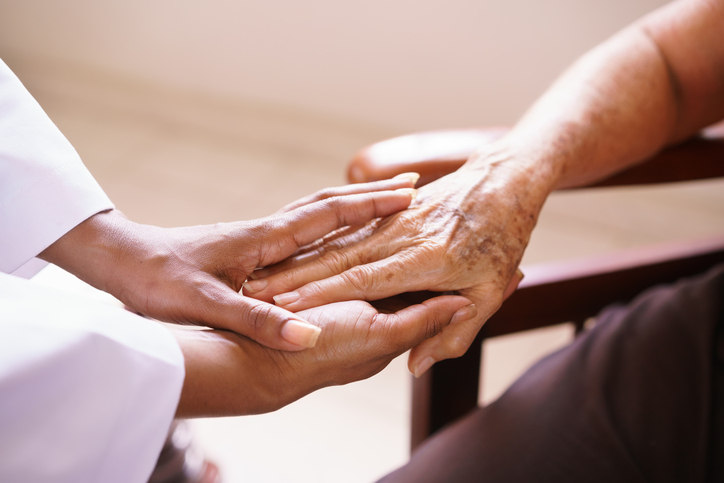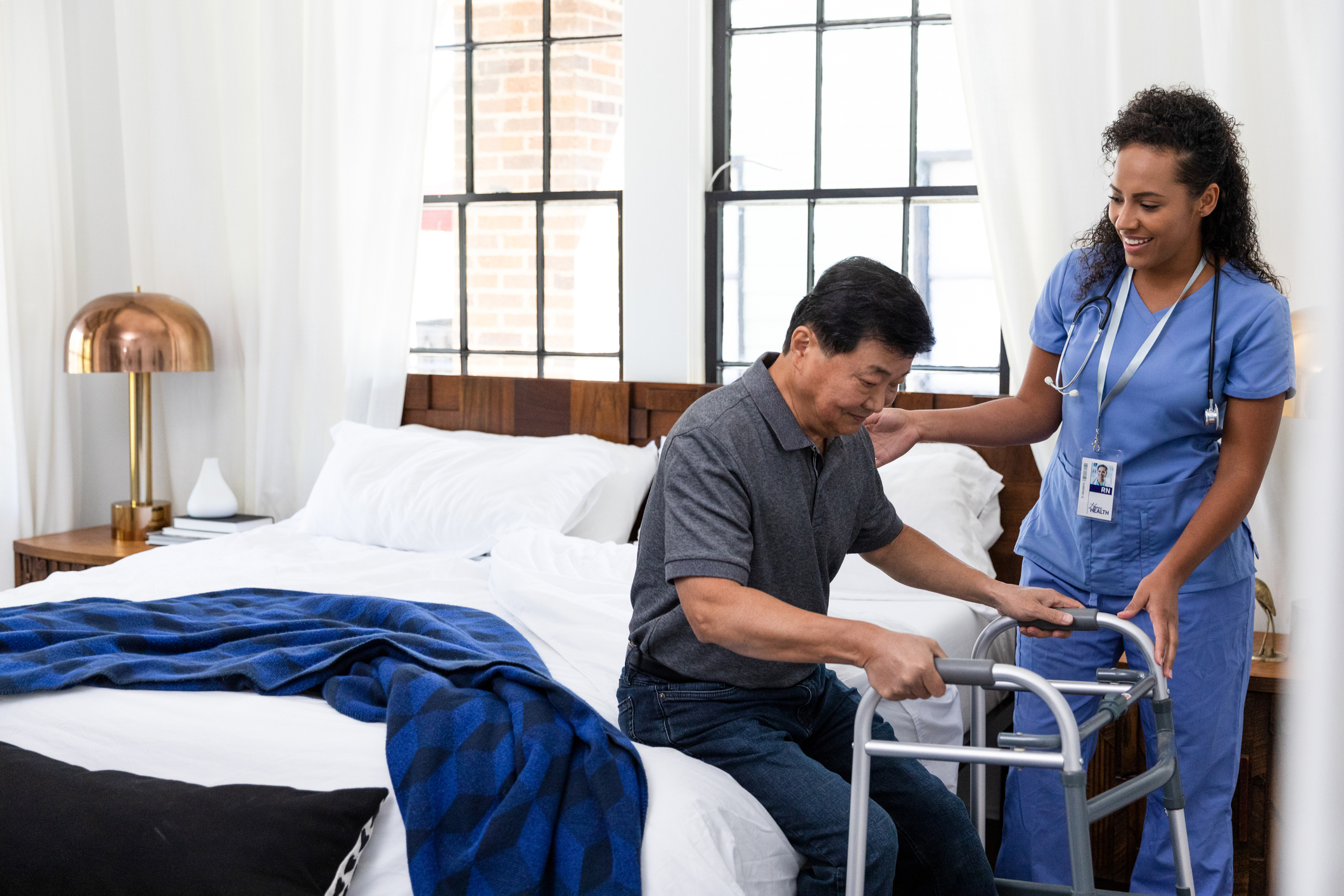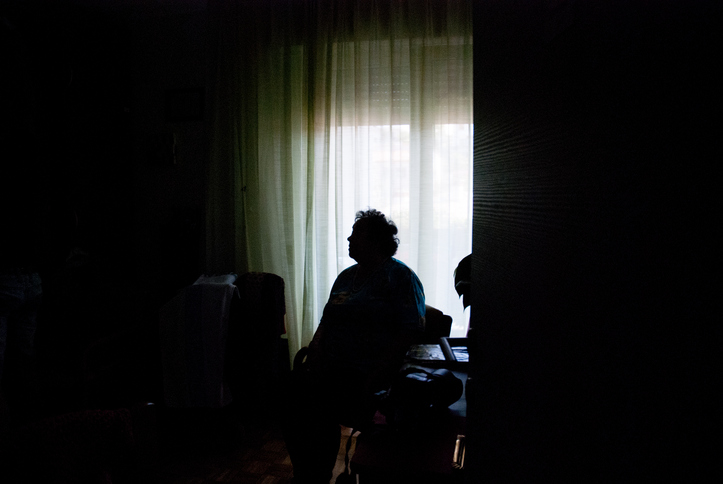
The Case for Prioritizing the Number One Killer: Cardiovascular Disease
Highly preventable if diagnosed and managed early, CAD should be a healthcare priority. Both patients and providers have pivotal roles in driving this change.

Highly preventable if diagnosed and managed early, CAD should be a healthcare priority. Both patients and providers have pivotal roles in driving this change.

On the surface, it sounds positively delightful - who wouldn't want to help dear grandma avoid the nursing home? But as is often the case with these sweeping government proposals, the devil is in the details.

While federal healthcare programs focus their attention on ensuring healthcare resources exist for communities in need, HRSNs become critical drivers of whether individuals can actually access and benefit from these resources.

Healthcare providers play a critical role in helping caregivers recognize potential imbalances. Encouraging caregivers to access resources for self-care and respite isn't just a nicety, it's a clinical necessity.

We need to equip pharmacists with technology that can help them to make impactful clinical interventions in the pharmacy and reimburse them for these services, which would help to address the provider shortage.

The U.S. workforce does not need to be in a position where they must choose between their careers and caring for their families. If sufficient balance between work and caregiving is not achieved, caregivers face the risk of becoming patients themselves.

Zelis CEO Amanda Eisel shares her perspective on how the company is solving the problems of a fragmented health financial system to benefit all.

Innovative approaches to home care will only be successful if organizations can ensure the safety of the professionals who enter patient homes. To do that, they’ll need to embrace new technologies that support in-home caregivers in real-time, and implement new protocols that ensure they are provided with the security and comfort they deserve.

CMS recently finalized the Patient Safety Structural Measure, which sets forth a broad roadmap for the implementation of a culture of safety, learning, transparency and accountability within hospitals and health systems nationwide — enabling and encouraging significant progress towards safer care and improved support for healthcare workers.

A new model of virtual care is emerging that promises to better democratize healthcare access for millions of Americans and revamp our care delivery system with a focus on value and efficiency.

The Centers for Disease Control and Prevention’s Advisory Committee on Immunization Practices (ACIP) is considering certain changes to the current meningococcal vaccination schedule. Here's why the ACIP should scrap that proposal.

To effectively address health disparities, organizations must implement health equity strategies that target systemic barriers and root causes. Here are strategies that can help drive comprehensive, system-wide change.

A CEO and father of two reflects on the Surgeon General's recent advisory, evolving pressures on today's parents and the impact on mental health.

Losing these retail medication outlets creates more than just pharmacy deserts. In many low-income and underserved areas, drugstores also serve as grocery stores and hubs for essential services, and hence their closures mean communities lose crucial access points for a variety of goods and services.

What if we placed the needs of the most vulnerable at the heart of healthcare innovation? This isn’t simply about equity; it’s about unleashing a wave of creativity that could transform healthcare for everyone.

America is in the midst of a loneliness epidemic and it's taking a devastating toll on our mental and physical well-being. Here are 3 things that could help reverse the crisis.